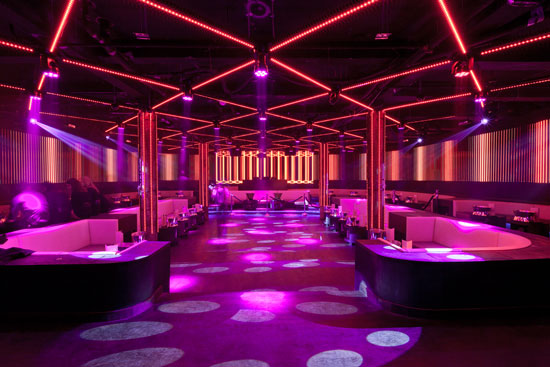Enhancing Ingenuity Through Hue Principles for Light Emitting Diode Movement Floor Creations
Color concept is an important element of aesthetics, particularly as it relates to designing LED dance floors. The interplay of hues can greatly influence the atmosphere and energy of a space. Through grasping how hues function together, designers can craft an ambiance that improves the total encounter for participants. This piece explores the fundamentals of hue principles and its use in LED dancing floor designs.
The main colors are red, blue, and yellow. These colors cannot be created by mixing other colors together. Secondary hues, such as emerald, tangerine, and purple, are formed by combining main hues. Third-level hues are created by combining a main hue with a secondary hue. Grasping these fundamental connections helps designers choose colors that complement one another and create a aesthetically pleasing show. Mixing these hues on an light-emitting diode dancing surface can lead to dynamic and exciting effects that attract the focus of participants.
Hue temperature also plays a crucial role in aesthetics. Hues can be categorized as warm or cool. Hot hues, such as crimson, orange, and yellow, tend to evoke emotions of enthusiasm and heat. In opposition, cool colors like azure, emerald, and violet often create a calm and soothing environment. Designers can use these color temperatures to set the ambiance for various kinds of events. For instance, a party environment may gain from hot hues that energize the audience, while a further calm event might use chill hues to offer a calming influence.
In furthermore to hue pairings and temperature, brightness and intensity are vital elements to consider. Luminosity denotes to how bright or dark a color appears, while intensity indicates the affordable led dance floor rental intensity of a color. Vivid, intense hues can generate a vibrant and lively environment, ideal for dancing floors. On the other hand, gentler, lower saturated hues can generate a further subdued atmosphere. Through adjusting luminosity and intensity, creators can attract focus to specific areas of the dancing surface or create visual pathways, leading dancers through the venue.
Ultimately, it is crucial to consider the psychological impacts of hue in LED dancing surface designs. Different colors can elicit various emotions and reactions. For example, red is often linked with zeal and energy, while blue important link can be calming and tranquil. Understanding these associations enables creators to strategically use hues to affect the behavior of dancers. By incorporating hue principles into LED dance surface layouts, designers can enhance the total encounter, rendering it memorable and pleasurable for all involved.